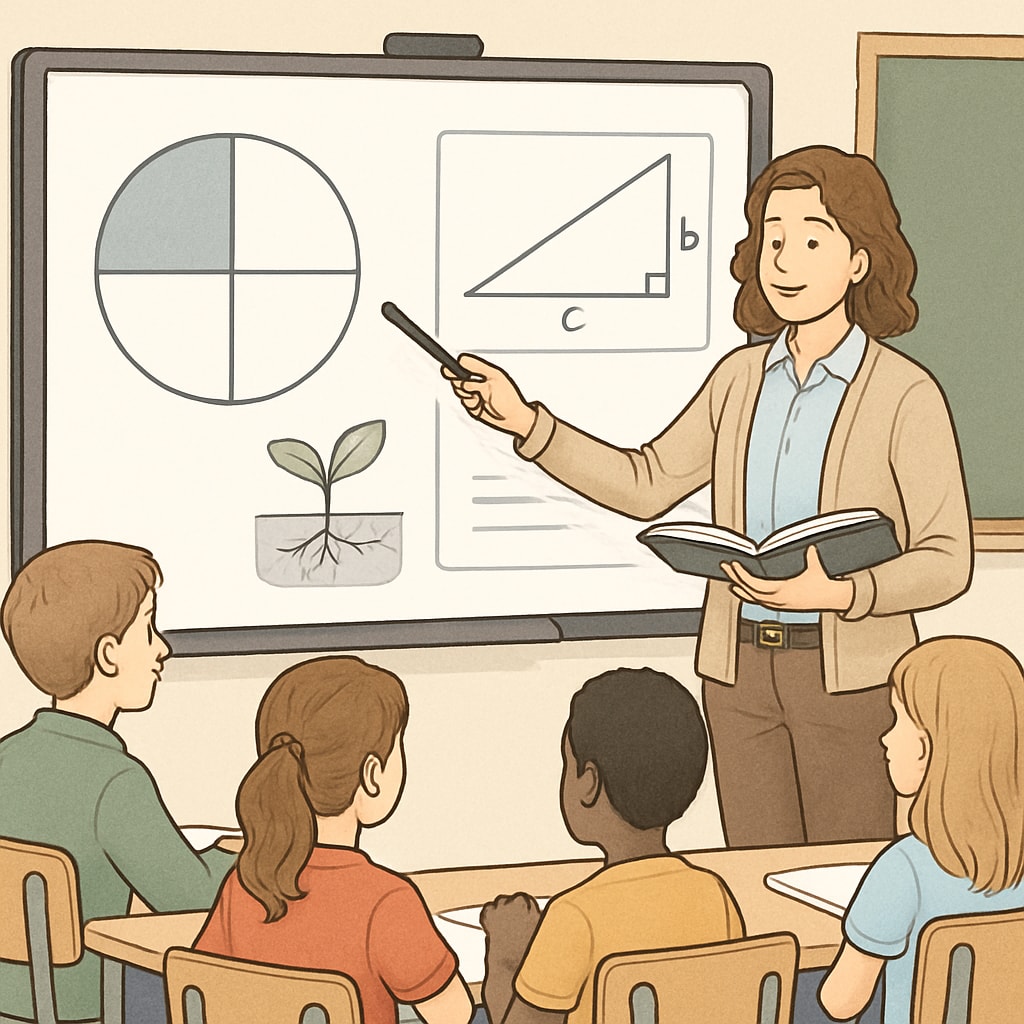Boredom in education is a widespread issue in K12 classrooms, affecting countless students each day. The lack of engagement often leads to students feeling disconnected, unmotivated, and disinterested in learning. This phenomenon, marked by “classroom boredom,” not only hinders academic performance but also impacts students’ long-term attitudes toward education. Understanding the causes of this disengagement is key to finding solutions that foster participation and reignite students’ passion for learning.
Understanding the Root Causes of Student Boredom
Boredom in the classroom arises from a combination of factors, many of which are deeply embedded in traditional teaching practices and curriculum design. Below are some of the most common contributors:
- Monotonous Teaching Methods: A one-size-fits-all approach, such as prolonged lectures, often fails to capture the diverse learning styles of students.
- Overemphasis on Standardized Testing: The focus on test preparation can limit creativity and reduce opportunities for interactive or hands-on learning.
- Irrelevant Content: Students may struggle to connect with material that feels outdated or disconnected from real-world applications.
- Distractions and Overstimulation: Technology and social media can create an attention economy that makes traditional classroom settings less engaging.
These factors, combined with limited opportunities for student autonomy, can create an environment where boredom thrives. As a result, learners may become increasingly disengaged over time.

Impact of Boredom on Learning Outcomes
The consequences of boredom extend far beyond temporary disinterest. Research has shown that it can significantly affect academic outcomes and emotional well-being:
- Reduced Academic Performance: A lack of engagement often correlates with lower test scores and incomplete assignments.
- Increased Behavioral Issues: Disengaged students may resort to disruptive behaviors, further impacting classroom dynamics.
- Decline in Lifelong Learning Skills: Persistent boredom can diminish curiosity, critical thinking, and the ability to self-direct learning.
According to an article on education challenges, boredom also undermines the development of essential 21st-century skills, such as collaboration and adaptability, that are crucial for success in modern society.
Strategies to Combat Classroom Boredom
To address boredom in K12 education, educators can adopt strategies that focus on engagement, relevance, and inclusivity. Here are some practical approaches:
- Incorporate Active Learning: Techniques like group discussions, role-playing, and problem-based learning (PBL) encourage participation and critical thinking.
- Personalize the Curriculum: Tailoring lessons to students’ interests and abilities can make content more relatable and engaging.
- Leverage Technology Wisely: Interactive tools such as educational apps and gamified learning platforms can enhance the learning experience.
- Foster a Growth Mindset: Encouraging students to embrace challenges and view mistakes as opportunities for growth can improve motivation.
For instance, integrating real-world applications into the curriculum can help students see the relevance of what they are learning. A detailed guide on student engagement highlights the importance of connecting academic content to everyday experiences.

Creating a Culture of Engagement
Beyond individual strategies, fostering a culture of curiosity and collaboration within the classroom is essential. This involves creating an environment where students feel safe to express their opinions, ask questions, and explore their interests.
Additionally, educators should seek regular feedback from students to understand their needs and preferences. This collaborative approach not only helps identify areas for improvement but also empowers students to take ownership of their education.
By prioritizing engagement and addressing the root causes of boredom, educators can transform classrooms into dynamic and inspiring spaces where students thrive.
Readability guidance: Maintain concise paragraphs and incorporate lists to summarize key points. Use transition words such as “however,” “in addition,” and “for example” to improve flow. Limit the use of passive voice and long sentences to enhance clarity.


